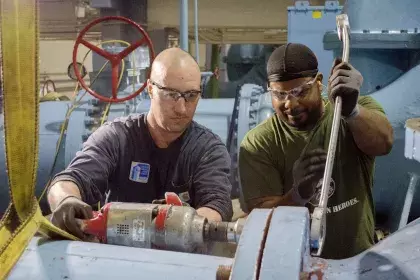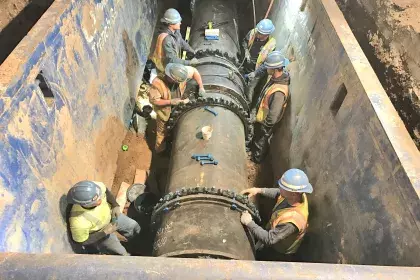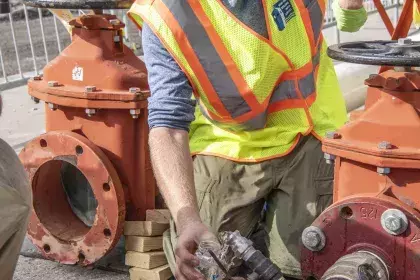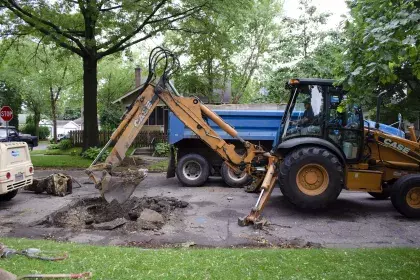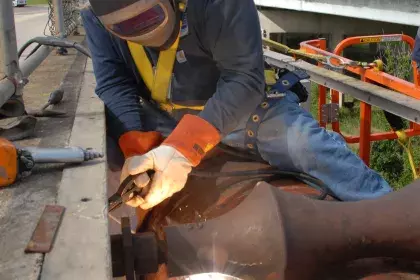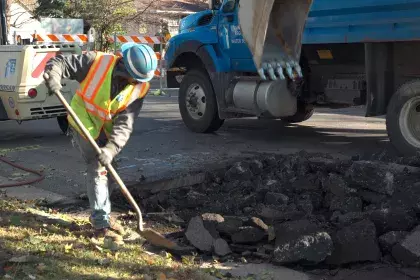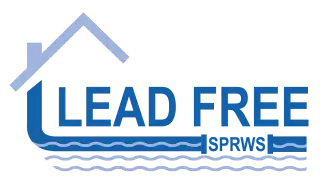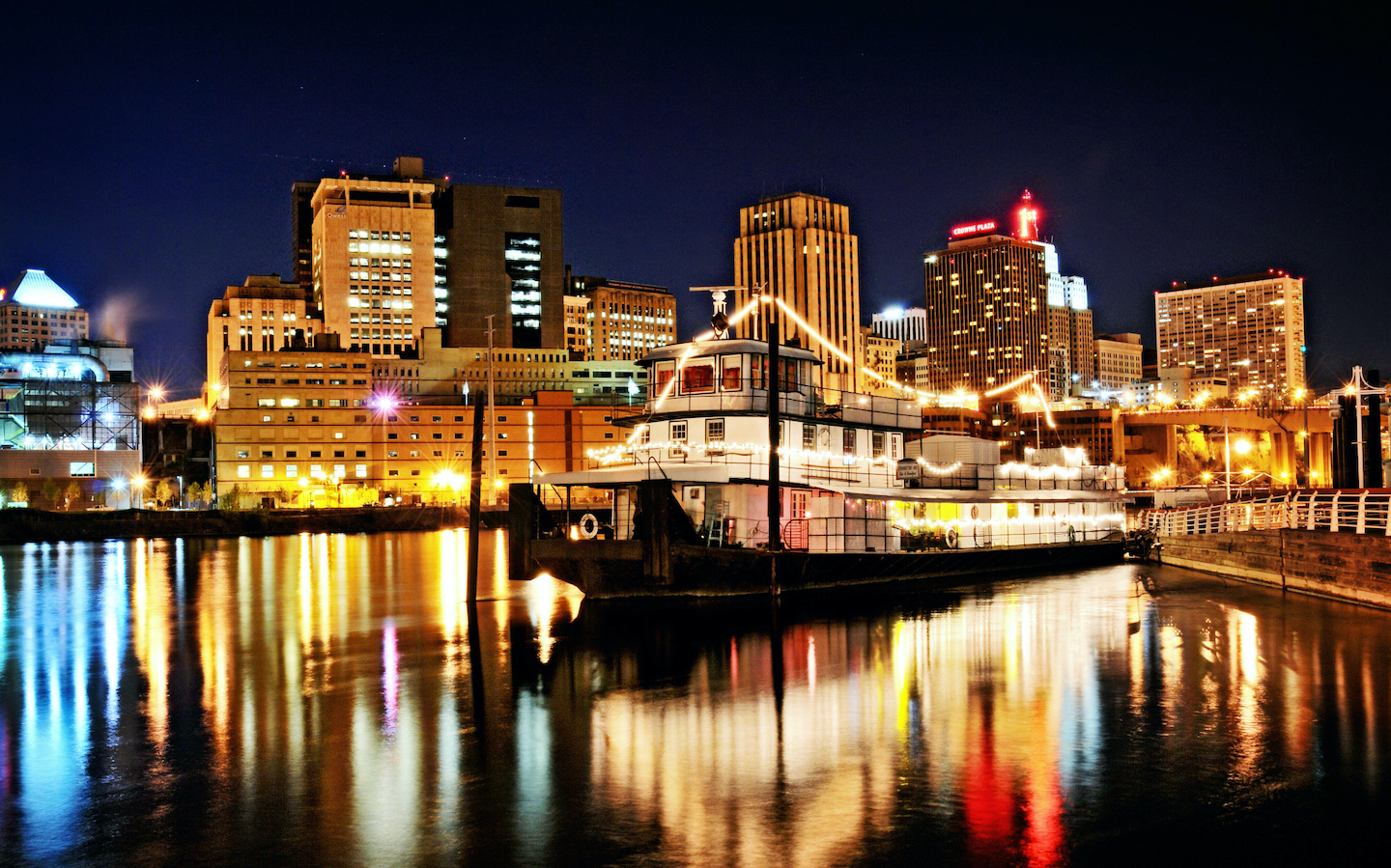McCarrons Water Treatment Plant Improvements
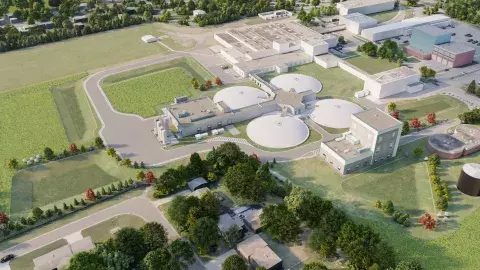
The McCarrons Water Treatment Plant, a century-old establishment in Saint Paul, is undergoing significant enhancements to fortify its commitment to delivering clean, high-quality drinking water to the community. Recognized with the esteemed Presidents' Award for Water Treatment, our mission is to modernize aging infrastructure, boost operational efficiency, and integrate state-of-the-art technologies such as ozonation. We're not only preserving a legacy but securing the future of water resources for over 450,000 customers.
